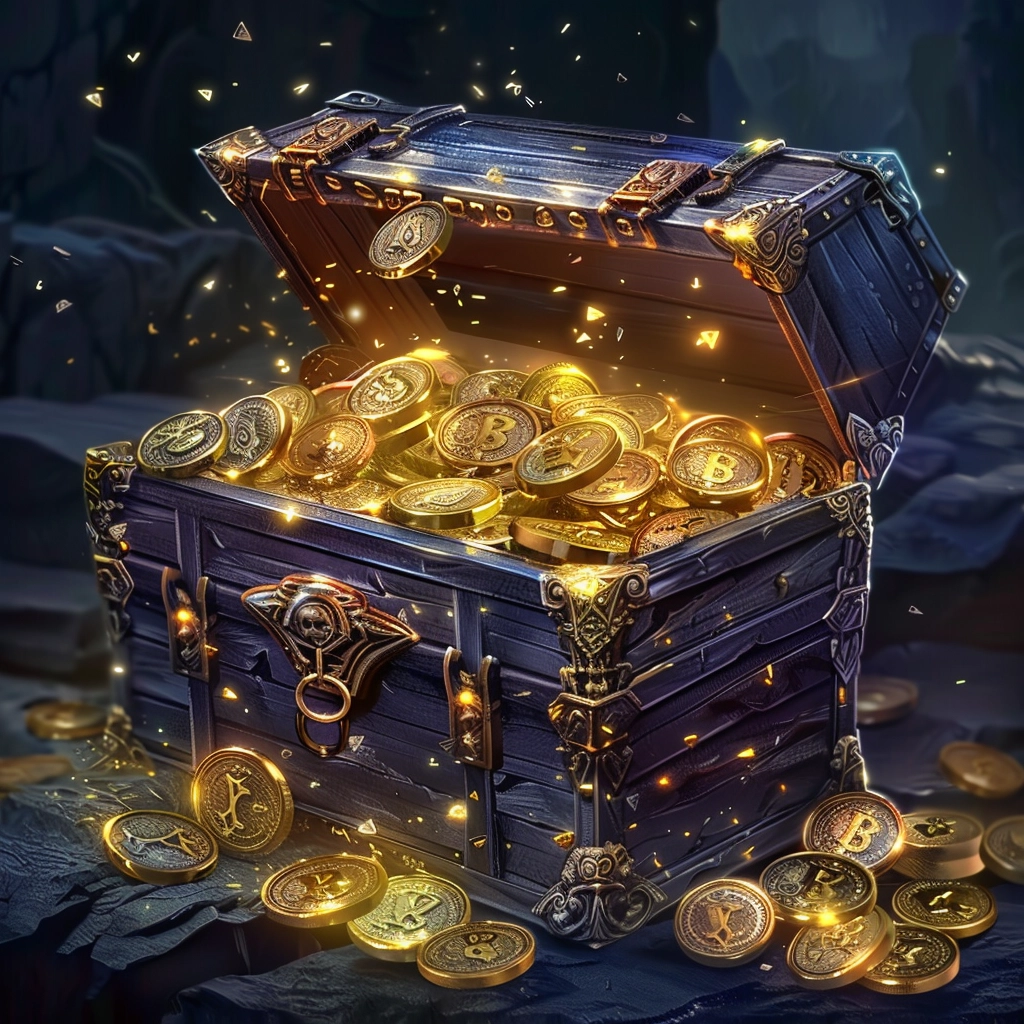Tokenized virtual items are revolutionizing the gaming industry by providing players with true ownership and value over their in-game assets. In this article, we explore the concept of player ownership, the value of tokenized virtual items, opportunities for developers and players, challenges, and considerations, as well as the future of tokenized virtual items in gaming.
Introduction to Tokenized Virtual Items
Tokenized virtual items refer to in-game assets that are represented as Non-Fungible Tokens (NFTs) on the blockchain. These digital tokens provide players with verifiable ownership and control over their virtual belongings, enabling them to buy, sell, and trade items with other players.
Understanding the Concept of Player Ownership
What are tokenized virtual items?
Tokenized virtual items are digital representations of in-game assets, such as characters, weapons, skins, and collectibles, that are stored on a blockchain as NFTs. Each tokenized item is unique and indivisible, providing players with a secure and immutable record of ownership.
Importance of player ownership in gaming
Player ownership is crucial in gaming as it empowers players with control over their in-game assets and fosters a sense of investment and engagement. By tokenizing virtual items, developers can enhance player ownership and create more immersive and rewarding gaming experiences.
The Value of Tokenized Virtual Items
Enhanced scarcity and uniqueness
Tokenized virtual items are characterized by enhanced scarcity and uniqueness, making them more valuable and desirable to players. Rare and limited-edition items can command high prices on secondary markets, driving demand and speculation among collectors.
Increased value and demand
Tokenized virtual items often have inherent value and utility within the game, such as enhanced abilities or cosmetic enhancements. Additionally, the scarcity and exclusivity of NFTs can increase their value and demand among players, creating opportunities for investment and trading.
Empowering Players with Ownership Rights
True ownership on the blockchain
By tokenizing virtual items as NFTs, players are granted true ownership rights on the blockchain, ensuring that their assets are secure, transferable, and verifiable. This empowers players to buy, sell, and trade items with confidence, knowing that their ownership is protected by decentralized technology.
Transferability and interoperability
Tokenized virtual items are inherently transferable and interoperable, allowing players to move assets seamlessly between different games and platforms. This interoperability enhances the value and utility of virtual items, enabling players to maximize their investment and gaming experience.
Opportunities for Developers and Players
Monetization through virtual item sales
Developers can monetize their games by selling tokenized virtual items directly to players through in-game marketplaces or auctions. Players can purchase items using cryptocurrency or fiat currency, providing developers with a new revenue stream and players with exclusive content and rewards.
Community-driven economies and marketplaces
Tokenized virtual items enable the creation of community-driven economies and marketplaces within games, where players can buy, sell, and trade items peer-to-peer. This decentralized approach fosters a vibrant ecosystem of virtual goods and services, driven by player demand and creativity.
Challenges and Considerations
Scalability and infrastructure limitations
Scalability and infrastructure limitations pose challenges to the widespread adoption of tokenized virtual items in gaming. Developers must ensure that their blockchain infrastructure can support the growing demand for NFT transactions and maintain the integrity of in-game economies.
Regulatory compliance and player protection
Regulatory compliance and player protection are important considerations in the adoption of tokenized virtual items in gaming. Developers must comply with existing regulations regarding digital assets and implement safeguards to protect players from fraud, theft, and other malicious activities.
The Future of Tokenized Virtual Items
Innovations in blockchain technology
As blockchain technology continues to evolve, we can expect to see innovations that further enhance the capabilities and scalability of tokenized virtual items in gaming. From cross-chain interoperability to decentralized governance mechanisms, blockchain has the potential to revolutionize the way players own and interact with virtual assets.
Integration into mainstream gaming
The integration of tokenized virtual items into mainstream gaming is inevitable as players increasingly demand ownership and control over their in-game assets. Developers must adapt their business models and embrace the opportunities presented by blockchain technology to remain competitive in an evolving gaming landscape.
Conclusion: Embracing the Potential of Tokenized Virtual Items
In conclusion, tokenized virtual items represent a transformative opportunity for developers and players to enhance player ownership and value in games. By leveraging blockchain technology, developers can empower players with true ownership rights over their in-game assets, creating more immersive, rewarding, and inclusive gaming experiences for all.

